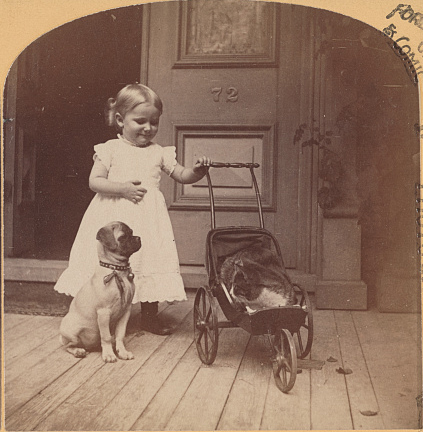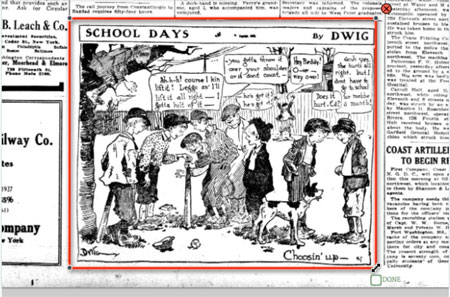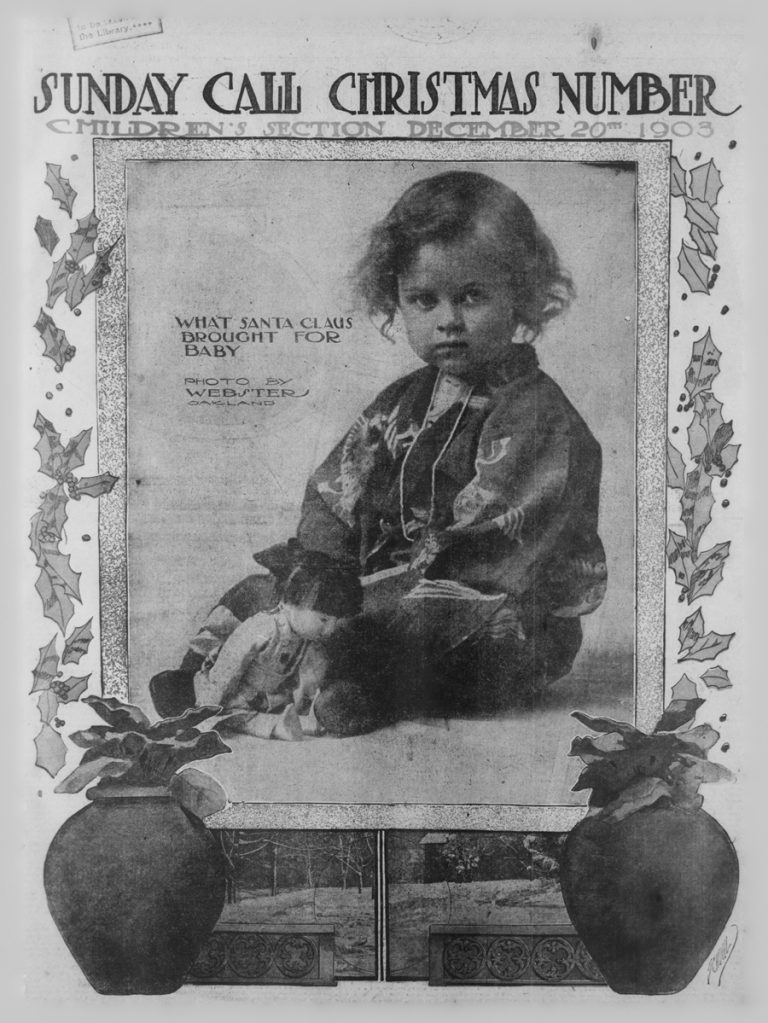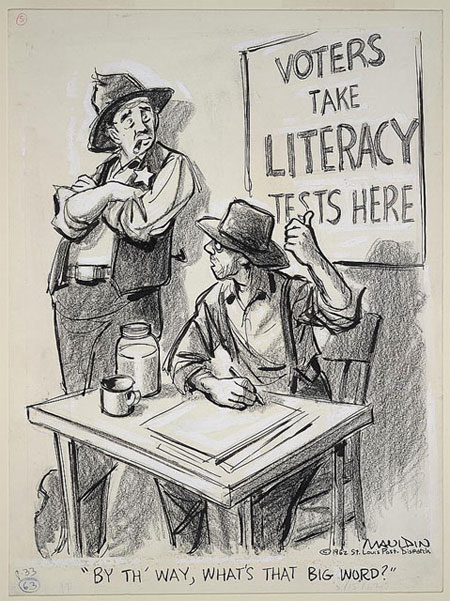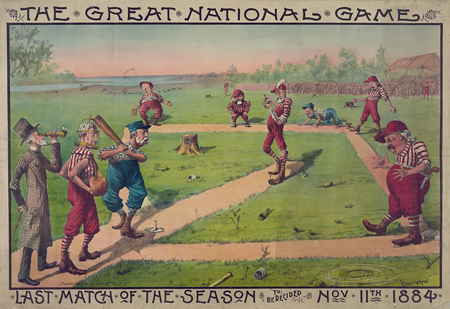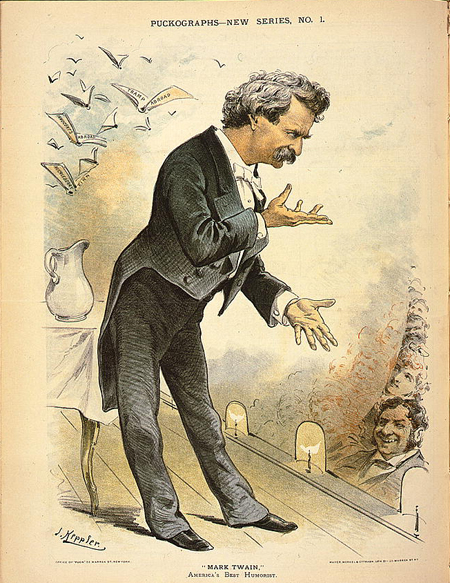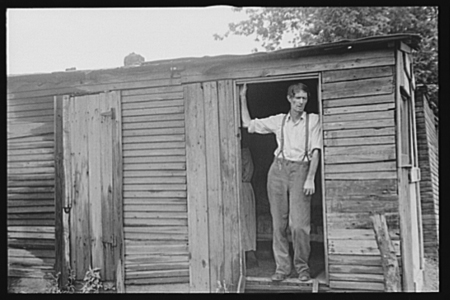Primary Source Spotlight: Cats and Dogs
Cats and Dogs storybook c1880 How to Train Dogs and Cats: Hints on Shooting and Hunting Game 1904 book Your Dog and Your Cat: How to Care for Them 1921 book Cats and dogs image set Free to Use & Reuse image sets More cat images Toni Frissell Dog Photography Part One Toni Frissell Dog…

